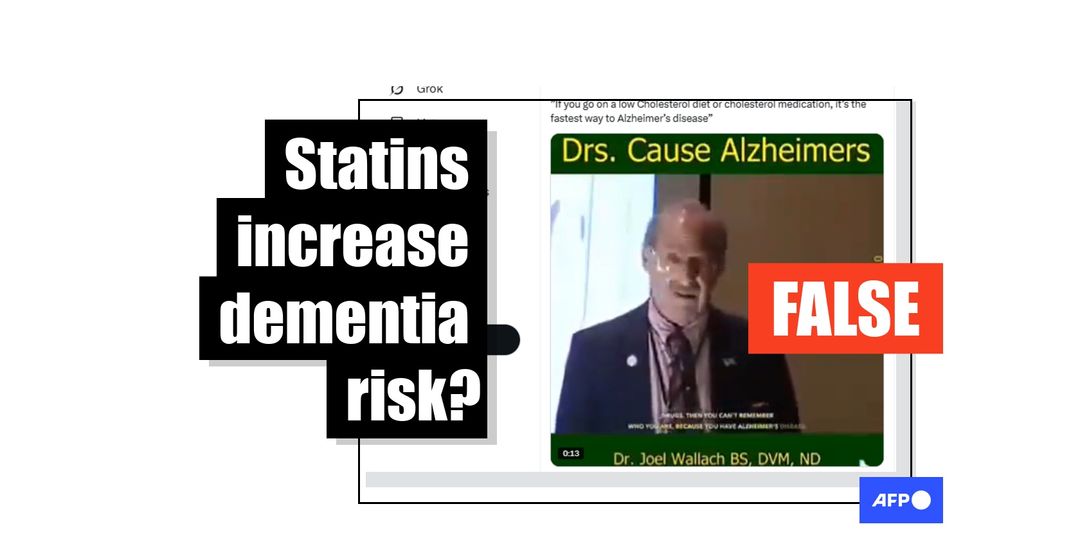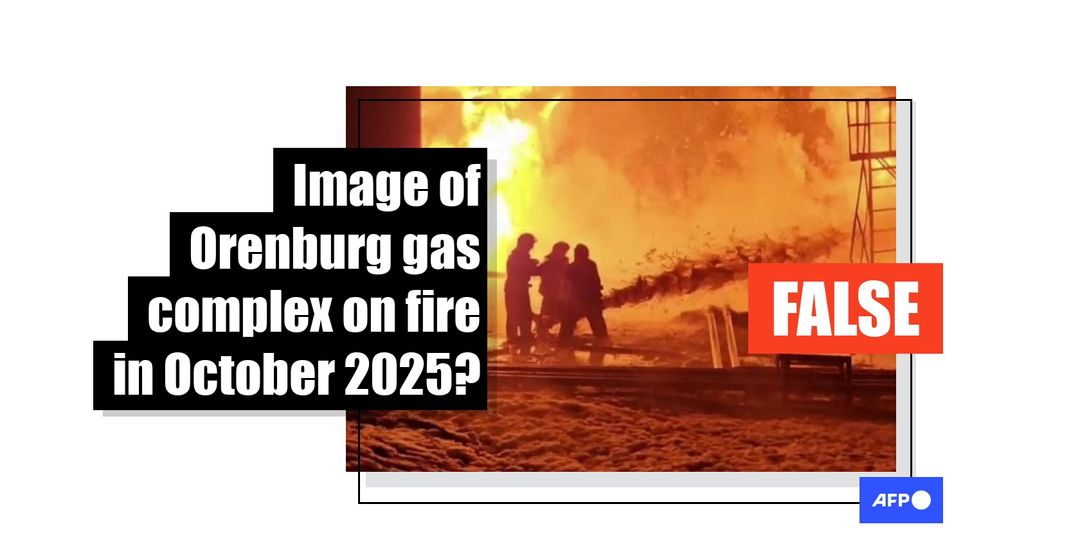About CEDMO
The Central European Digital Media Observatory (CEDMO), as an independent non-partisan multidisciplinary hub, aims to identify, research and prioritise the most critical sources and causes of information disorders in Central Europe (mainly the Czech Republic, Slovakia and Poland). This international consortium was created to propose a set of short and longer-term actions, as well as recommendations to help civil society, public institutions and the private sector respond to the declining trust in key institutions and help society to resist the effect of increasing exposure to mis- and disinformation.
By interacting and coordinating with European Digital Media Observatory (EDMO) and other regional EDMO hubs in EU, CEDMO will contribute to curbing threats posed by information disorders, including disenchantment with the democratic processes, and discord in civil society in Europe, and to building community and nation-wide resilience while protecting information ecosystems.
About CEDMO
The Central European Digital Media Observatory (CEDMO), as an independent non-partisan multidisciplinary hub, aims to identify, research and prioritise the most critical sources and causes of information disorders in Central Europe (mainly the Czech Republic, Slovakia and Poland). This international consortium was created to propose a set of short and longer-term actions, as well as recommendations to help civil society, public institutions and the private sector respond to the declining trust in key institutions and help society to resist the effect of increasing exposure to mis- and disinformation.
Our Partners
About CEDMO
The Central European Digital Media Observatory (CEDMO), as an independent non-partisan multidisciplinary hub, aims to identify, research and prioritise the most critical sources and causes of information disorders in Central Europe (mainly the Czech Republic, Slovakia and Poland). This international consortium was created to propose a set of short and longer-term actions, as well as recommendations to help civil society, public institutions and the private sector respond to the declining trust in key institutions and help society to resist the effect of increasing exposure to mis- and disinformation.
Our Partners
US Health and Human Services Secretary Robert F. Kennedy Jr. made several false or misleading claims as US lawmakers grilled him over his decisions to fire scientists and overhaul the nation’s vaccine policies during three hours of testimony before the Senate Finance Committee.
“The Media laughed and said Ivermectin was ONLY for horses and cows? THEY KNEW it was made for people since 1987,” begins a May 7, 2025 Facebook post.
“BREAKING NEWS: TRUMP STRIKES BACK — DEATH PENALTY FOR mRNA CRIMES NOW ON THE TABLE”, reads the headline of a lengthy Facebook post published on February 26, 2025.
Posts about allegedly exploding electric cars have been circulating on social media for a long time. However, the footage usually shows cars with combustion engines that the authors of such manipulations misleadingly label as electric vehicles. According to available data, electric cars are in fact safer in this regard, as fires and explosions occur far less frequently. What do these viral posts look like, and how widespread is the narrative about exploding electric cars? We describe this phenomenon in our prebunking article.
A blockbuster study published in top science journal Nature in April 2024 warned that unchecked climate change could slash global GDP by a staggering 62 percent by century’s end, setting off alarm bells among financial institutions worldwide.
“Tariff problems, a sudden attack,” reads simplified Chinese sticker text on an April 11 Douyin video of a man appearing to walk on stage behind Trump, hit him, and walk away as Trump ducks and Secret Service agents rush up to protect him.
Danish farmers have raised concerns about the health of their herds following a mandate to lower methane emissions through diet alterations and video testimonies are spreading in social media posts claiming the feed additive Bovaer is killing cows. Denmark’s regulatory agencies opened an investigation, but there is currently no evidence the compound — which is used on a voluntary basis across 70 countries — causes cattle deaths.
Posts about allegedly exploding electric cars have been circulating on social media for a long time. However, the footage usually shows cars with combustion engines that the authors of such manipulations misleadingly label as electric vehicles. According to available data, electric cars are in fact safer in this regard, as fires and explosions occur far less frequently. What do these viral posts look like, and how widespread is the narrative about exploding electric cars? We describe this phenomenon in our prebunking article.
A blockbuster study published in top science journal Nature in April 2024 warned that unchecked climate change could slash global GDP by a staggering 62 percent by century’s end, setting off alarm bells among financial institutions worldwide.
Danish farmers have raised concerns about the health of their herds following a mandate to lower methane emissions through diet alterations and video testimonies are spreading in social media posts claiming the feed additive Bovaer is killing cows. Denmark’s regulatory agencies opened an investigation, but there is currently no evidence the compound — which is used on a voluntary basis across 70 countries — causes cattle deaths.
Croatia has been affected by African swine fever (ASF) since 2023, with hundreds of cases confirmed in wild boars. To control the outbreak, the government announced a series of measures in October 2025 including culling, restrictions on animal movement and the establishment of biosecurity zones. Social media users responded by falsely claiming that there were no infected wild boars in Croatia and that the measures lack scientific and legal justification. However, experts and international organisations have confirmed the presence of ASF in Croatia, and AFP found that the measures are in line with European regulations and backed by science.
After thousands of anti-immigration protesters took to the streets in Australian cities, a video was misleadingly shared in social media posts claiming it showed young Muslim men intimidating Germans at a Christmas market. The footage, filmed in December 2024, in fact shows people passing through a Christmas market in Essen, Germany, as they celebrated the toppling of the former Syrian president Bashar al-Assad — a demonstration the local police and the city’s tourism department told AFP were peaceful.
Danish farmers have raised concerns about the health of their herds following a mandate to lower methane emissions through diet alterations and video testimonies are spreading in social media posts claiming the feed additive Bovaer is killing cows. Denmark’s regulatory agencies opened an investigation, but there is currently no evidence the compound — which is used on a voluntary basis across 70 countries — causes cattle deaths.
Danish farmers have raised concerns about the health of their herds following a mandate to lower methane emissions through diet alterations and video testimonies are spreading in social media posts claiming the feed additive Bovaer is killing cows. Denmark’s regulatory agencies opened an investigation, but there is currently no evidence the compound — which is used on a voluntary basis across 70 countries — causes cattle deaths.
Scientists do not fully understand what causes the chronic neurodegenerative disease Alzheimer’s, but they are examining a combination of genetic, health and lifestyle factors. On social media, false claims blaming statins — medicines that help lower cholesterol levels — are spreading despite research showing that a sustained reduction in “bad” cholesterol can actually help lower the risk of dementia.
In September 2025, the Russian Federal Medical and Biological Agency announced that its mRNA-based vaccine Enteromix had passed preclinical trials with promising results. Following this announcement, posts spread on social media in Africa claiming Enteromix was a “cure” for cancer. The posts also claimed the vaccine was ready for general use and would be available for free. However, oncology vaccine specialists poured cold water on the claims, saying reliable clinical evidence for Enteromix is not yet available. The Russian agency itself stated the vaccine is awaiting approval for the next stage.
After thousands of anti-immigration protesters took to the streets in Australian cities, a video was misleadingly shared in social media posts claiming it showed young Muslim men intimidating Germans at a Christmas market. The footage, filmed in December 2024, in fact shows people passing through a Christmas market in Essen, Germany, as they celebrated the toppling of the former Syrian president Bashar al-Assad — a demonstration the local police and the city’s tourism department told AFP were peaceful.
Danish farmers have raised concerns about the health of their herds following a mandate to lower methane emissions through diet alterations and video testimonies are spreading in social media posts claiming the feed additive Bovaer is killing cows. Denmark’s regulatory agencies opened an investigation, but there is currently no evidence the compound — which is used on a voluntary basis across 70 countries — causes cattle deaths.
Whenever you come across a claim that Ukrainian President Volodymyr Zelenskyy has purchased a new luxury property or that his wife Olena Zelenska has gone on an extravagant shopping spree, it’s worth pausing and taking a closer look. Many such “shocking revelations” that have circulated in the past have turned out to be baseless.
Still, these stories keep resurfacing, following a familiar pattern: an obscure journalist or a “whistleblower” posts allegations about a suspicious purchase, which are then amplified by networks of local websites or influencers sympathetic to Russia. From there, the story spreads further through smaller channels and social media groups.
Such sources seek to undermine the legitimacy of Western support for Ukraine’s defense and to erode trust in Ukraine’s leadership. Similar stories may resurface in the future, especially ahead of significant decisions and votes in the European Union or the United States concerning financial, humanitarian, and military aid to Ukraine.
Ukraine has stepped up its attacks on oil and gas facilities in Russia, with one strike hitting the major Orenburg gas processing plant in southern Russia on October 19, 2025. But an image of firefighters battling a massive blaze shared online was in fact taken more than a year ago in the Kursk region.
“Israel’s Channel 12 asked a question in an Israeli public opinion poll: Do you agree with the claim that a soldier is allowed to rape a prisoner with his hands tied? 47% Yes 43% No,” read the caption alongside the altered image posted on Facebook on August 11.
“A Palestinian father leaves Eid clothes on his daughter’s grave (8 years old),” read a Facebook post that shared the photos on June 24.
“More Pallywood is Full HD. Despicable scum,” reads a Facebook post from February 15, 2024, that appears to show a behind-the-scenes video of a photoshoot.





































